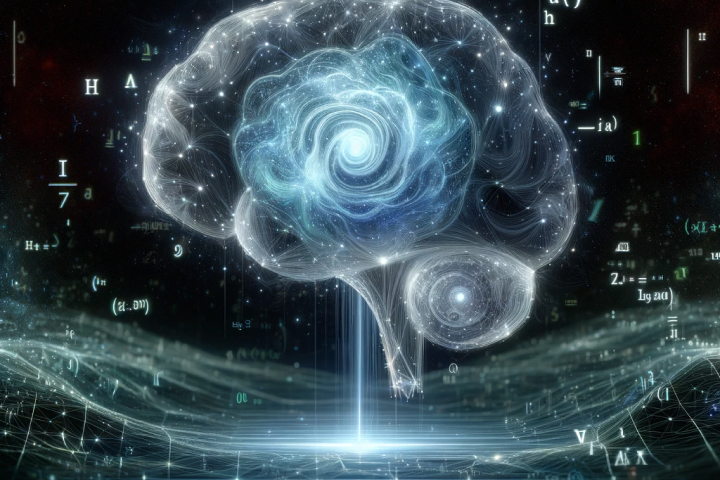
Imagine stepping into a world where machines can think like detectives, piecing together clues with the precision of Sherlock Holmes. This isn’t a scene from a sci-fi novel but the reality brought closer by a groundbreaking development named LINC, crafted by a team of visionaries from MIT. Their work, akin to fusing the intuition of a human with the meticulousness of a chess master, is about to change how we see artificial intelligence (AI).
At its core, LINC isn’t just another AI system. It’s like giving AI a pair of glasses, helping it see the world more clearly. Traditional AI, for all its brilliance, sometimes trips over complex logic puzzles, much like a skilled poet might stumble in a math contest. LINC, however, teaches AI to hold hands with the ancient art of formal logic, solving complex puzzles with grace.
The secret sauce? A blend of AI’s language understanding and the age-old precision of symbolic logic, akin to combining the creativity of a jazz musician with the accuracy of a classical pianist. This duo translates the messy beauty of natural language into crisp, clear logical expressions, then hands them off to a logic prover—a digital Aristotle, if you will—that deduces conclusions with unwavering certainty.
Picture a relay race where AI is the first runner, swiftly navigating the track of human language, before passing the baton to a logic prover, who leaps over hurdles of logical deduction to reach the finish line. This tag team has shown remarkable prowess, outshining traditional methods on challenging datasets. For example, in the world of FOLIO—a realm filled with logical labyrinths—LINC, paired with StarCoder+, a less known but agile AI model, sprinted ahead, leaving even the mighty GPT-3.5 and GPT-4 in its dust.
The results? Eye-opening. With LINC, StarCoder+ leaped to a 56% success rate in FOLIO, a significant jump from its peers stuck in the 40% range. This isn’t just a win; it’s a revelation, showing that when AI teams up with formal logic, it can tackle complexities previously thought beyond its reach.
But it’s in the domain of ProofWriter where LINC truly shines, reaching near-mythical accuracy levels. Here, sentences are short and logical chains long, a playground where LINC’s strategy thrives. While traditional AI methods falter, LINC, with its neurosymbolic flair, navigates these challenges with finesse, achieving accuracies as high as 98.3% with GPT-4. It’s as if LINC has a secret map, guiding it through logical mazes with ease.
However, it’s not just about solving puzzles. The implications of this leap are vast, touching everything from legal reasoning to educational tools, promising a future where AI can be trusted to make sound decisions based on complex reasoning. It’s a step towards a world where AI can be a reliable partner in solving humanity’s most intricate problems.
Yet, with great power comes great responsibility. As we embrace these advancements, we must also ponder the ethical landscapes they open up. How will these capabilities be used? What safeguards will ensure they serve the greater good? These are questions that, while not fully explored in the paper, beckon for thoughtful consideration as we journey forward.
LINC isn’t just a technical marvel; it’s a beacon for the future of AI, inviting us to dream of possibilities where machines can reason with the clarity and depth of human thought. As we stand at this crossroads, the potential for AI to propel humanity forward has never been more palpable.

Our vision is to lead the way in the age of Artificial Intelligence, fostering innovation through cutting-edge research and modern solutions.